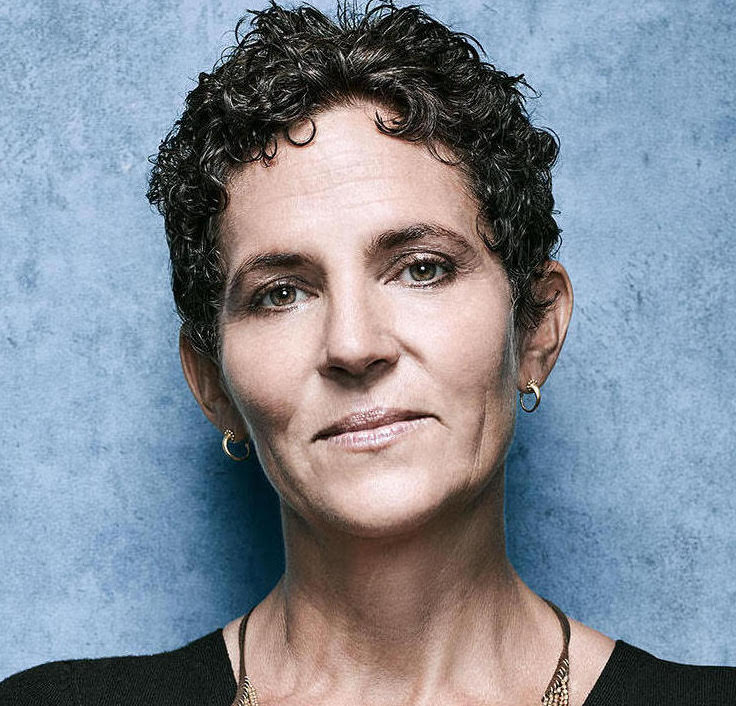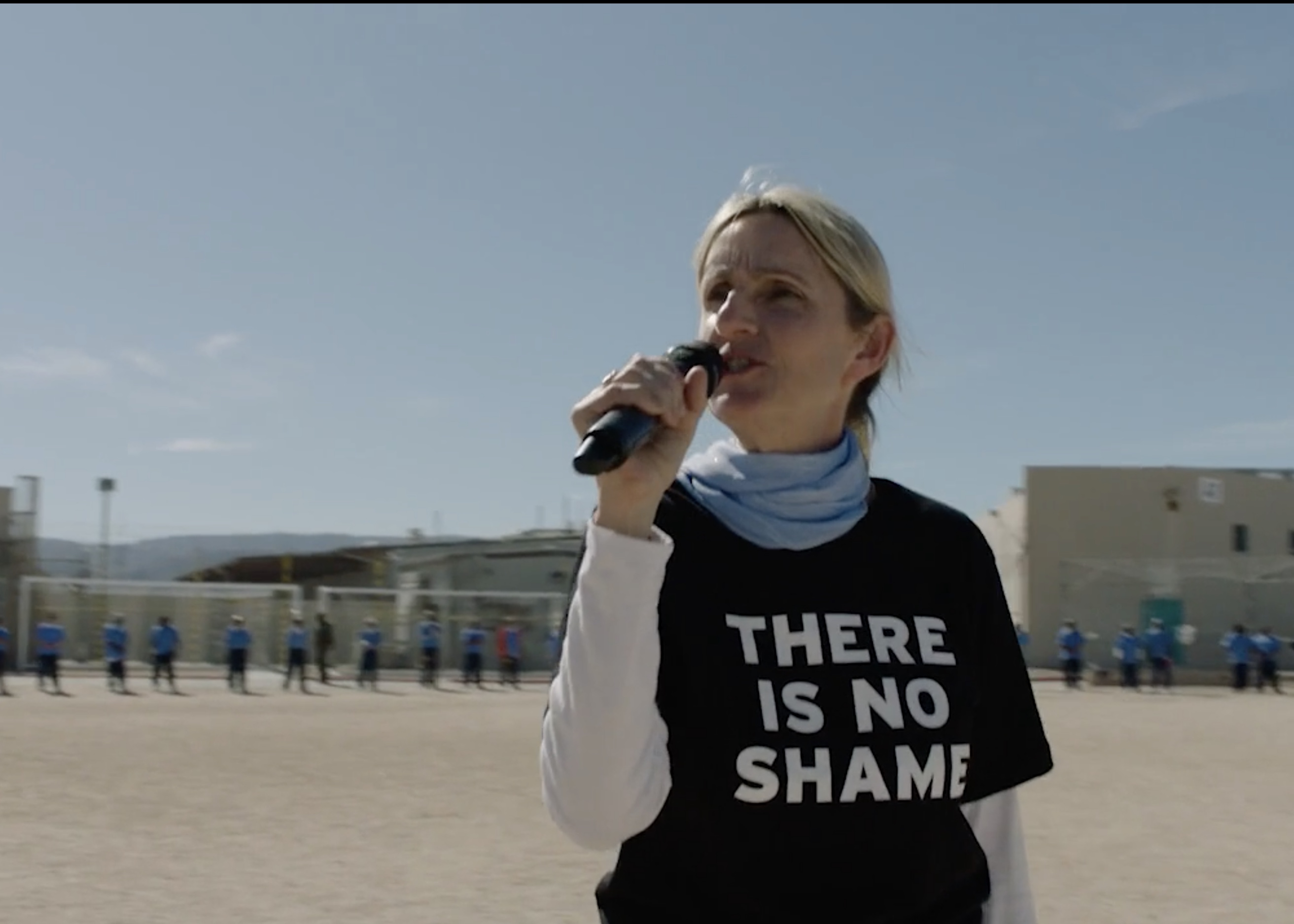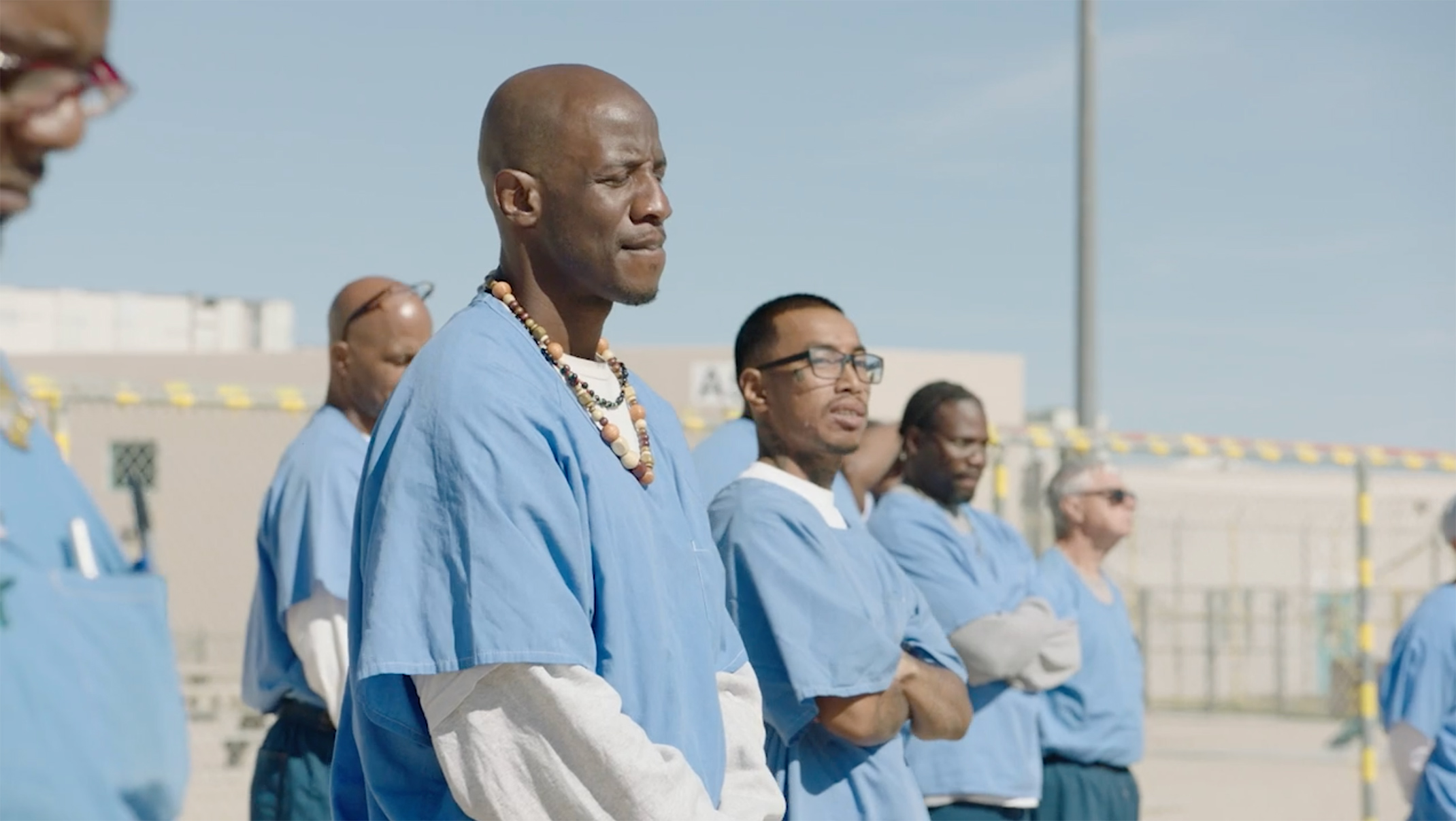Kaia Stern ’94 boarded a van headed from Vassar to Green Haven Correctional Facility. The drive to the maximum-security state prison in Stormville, New York took around 25 minutes. When she arrived, before she even entered the main gate, Stern spotted an incarcerated person. The glimmer of the metal shackles around his ankles caught her eye. “It temporarily blinded me,” she recalls. The experience intensified when she entered the prison walls and met with incarcerated men as part of a Vassar program. “Something broke inside of me, opened inside of me,” she says.
That visit as part of Vassar’s Green Haven Prison Program in the fall of 1993 changed Stern’s life. Now she and other Vassar alumnae/i including Fritzi Horstman ’84 and Ted Kamp ’85 are working to improve the lives of incarcerated people. In the United States, 716 people in 100,000 are behind bars. That rate is higher than anywhere else in the world, and members of certain racial groups in the United States are more likely to be incarcerated than others.
Vassar’s Green Haven Prison Program was started in 1979 by the late Professor of Religion and Africana Studies Lawrence Mamiya. The program, which later moved to another correctional facility and ended when Mamiya retired in 2014, consisted of weekly conversations between students and incarcerated persons. (Mamiya’s initiatives have inspired two more Vassar prison programs, one of which is set to begin in spring 2021.) Stern participated for about two years, sometimes bending the rules to visit Green Haven as often as three times per week. “They were our teachers,” she says of the men there. “It felt like this powerful, sacred educational space.” She began thinking of the prison classroom as a “humanizing space in the middle of this dehumanizing institution.”

After each visit, she found it difficult to return to campus. “I would come home and just weep and weep and weep and weep. And I almost dropped out of college. I felt like nothing had any meaning,” she says. She noticed that she started walking slower and no longer cared about being the center of attention. “My fast-paced, aggressive, entitled New Yorker [attitude] was shifting,” she says. “When you witness suffering...it slows us down a little bit, to be able to hold it, to connect with things that really matter.”
Stern had started to think of the prison classroom as a sacred space, so after Vassar and a stint at law school, she applied to Harvard Divinity School, where she received her master’s in theological studies. Then she went to Emory University for a doctorate in religion. Her studies helped shape her view of punishment and the criminal justice system. “It’s in our creation myth. It’s in the whole story of Adam and Eve,” she says. “We have a religio-legal system.”
After Emory, she became ordained as an interfaith minister, focused on people of all faiths or no faith. “I have a very unconventional religious identity,” she says. “I think religion itself is a paradox. It unites and divides, and it harms and it heals, and it frees and it yokes, all at the same time.”
After she was ordained, Stern decided to try to recreate the Vassar experience that had so impacted her life—this time for students at Harvard, where she was teaching. She cofounded the Prison Studies Project, an initiative that offered semester-long seminars at state prisons. Harvard students and incarcerated students shared a prison classroom and received college credit. And through Concord Prison Outreach, a nonprofit of which she became executive director, Stern helps bring educational programming to people behind bars, with topics ranging from horticulture to entrepreneurship to mindfulness.
Now she teaches a course on transformative justice at the Harvard Graduate School of Education and is a practitioner in residence at Harvard’s Radcliffe Institute for Advanced Study. She describes transformative justice as the work needed to heal harms, change structures that cause harm, and address community needs. “It’s reimagining justice and not thinking about it in terms of punishment,” she says. “You can’t reimagine until you grieve, and I think there’s a lot of trauma…. I don’t think we can even reimagine what justice looks like until we deal with that trauma.”
Addressing trauma is central to the work of Horstman and Kamp. They come from the entertainment world and are working on a documentary project, Step Inside the Circle, about helping incarcerated people recognize and move on from past traumatic experiences.

Horstman was a film and television producer until she made an emotional visit to Kern Valley State Prison in California in 2018. She realized that the men she met there were not so different than she was, because they had all faced trauma. “I was abused as a child,” Horstman says. “I came to understand that my behavior was a result of trauma, not a result of my personality.” The men shared recollections of their own traumatic experiences. “I cried for eight hours and I realized that the reason these men were in prison was not because they were bad people, but because they were traumatized.”
Horstman points to California Department of Public Health data indicating that 17.6 percent of Californians have had four or more traumatic childhood experiences, while her surveys of incarcerated people suggest that 70 percent of them have had that many. The numbers are especially high for certain groups. Researchers from Virginia Commonwealth University and the University of Michigan found in a 2016 study that among black men in the United States, four or more traumatic experiences were associated with a greater likelihood of arrest and incarceration. And researchers have found that for young people behind bars in the United States, 75 to 93 percent have experienced one or more traumatic experiences, compared to 34 percent in the general population, according to a 2010 policy brief by the nonprofit Justice Policy Institute. For groups such as Native Americans, who are more likely to be incarcerated than white Americans, the trauma can be historical.
“People are used to being abused in the home and then it goes out into the streets,” she says. “That’s the crisis that we’re really dealing with.”
After her prison visit, Horstman founded the Compassion Prison Project, a nonprofit that helps incarcerated people address childhood trauma and give back to their communities. Her team includes “ambassadors” from areas such as art therapy and life coaching.
Step Inside the Circle is a project of the nonprofit. Production is ongoing, and a clip they released online this year has more than 1.5 million views. Rodrigo Prieto, the Academy Award-nominated cinematographer of The Irishman, shot the footage.
In the clip, Horstman visits the California State Prison, Los Angeles County. She stands in the center of the prison yard as more than 200 men from the facility form a large circle around her. Speaking into a microphone, she recites a list of experiences that might have caused trauma, such as if an adult abused them or made them feel unimportant or not loved when they were young, or if they grew up in extreme poverty. For each one, the men step closer inside the circle if they experienced it. The men appear to step forward almost every time. At the end of the exercise, they recite together, “There is no shame.”

Horstman calls this exercise the “Compassion Trauma Circle,” which she created by expanding on existing questions around childhood trauma and after watching a similar exercise. “They immediately recognize, ‘Oh wow, something terrible happened to me, it happened to him, it happened to him,’” says Kamp, who is an executive producer on the project. They plan to continue production after restrictions due to COVID-19 end, including by filming at a women’s facility.
Horstman and Kamp found that the participants were willing to open up. “You walk in there and you are compassionate and you treat these people like humans,” Kamp says. “They’re so happy someone cares about them, that someone says, ‘You’re a person, let me talk to you.’ That just doesn’t happen to them.”
One such person is a man named Chris, wrote to them that as a child he received “countless beatings from every single man my mom brought home,” and that he “began to expect beatings and consequences regardless if I was good or bad. Wrong or right made no difference.” Another man, Ronald, said he had grown up poor and entered foster care after his mother tried to cut his throat. He was put in a youth detention center soon after and first arrested as an adult at 18. He said he was now serving four life sentences for charges including home invasion, kidnapping, and murder. Horstman’s program “helps you to find yourself, as well as teach[es] you to love yourself and others,” he wrote to her.
Many of those Horstman has met are in prison for murder. She does not overlook that. “What they’ve done is awful. And then we go back to their childhood, what’s been done to them is awful. So we’ve got two crimes that have been committed,” she says. “Yes, they’ve done something terrible, but they can be redeemed.”
In the short time she’s been doing this work, Horstman says, she has figured out an “algorithm” for that redemption: “Recognize your childhood trauma, recognize that what was done to you created a world of violence, and then take that information, forgive yourself, get busy, and get back in the world.” That way, incarcerated people can help prevent future crimes and violence. “Those men have sat there and thought about what’s wrong with gangs, what’s wrong with violence in the streets, they’ve thought about what’s wrong with violence in the home,” she says. “Right now, we’re sequestering them and keeping them from their communities, when they have the tools to heal their communities.”
